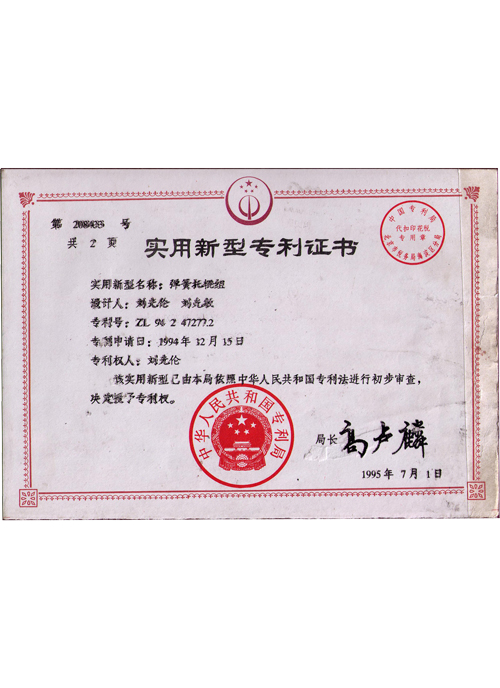 Afrikaans
Afrikaans  Albanian
Albanian  Amharic
Amharic  Arabic
Arabic  Armenian
Armenian  Azerbaijani
Azerbaijani  Basque
Basque  Belarusian
Belarusian  Bengali
Bengali  Bosnian
Bosnian  Bulgarian
Bulgarian  Catalan
Catalan  Cebuano
Cebuano  Corsican
Corsican  Croatian
Croatian  Czech
Czech  Danish
Danish  Dutch
Dutch  English
English  Esperanto
Esperanto  Estonian
Estonian  Finnish
Finnish  French
French  Frisian
Frisian  Galician
Galician  Georgian
Georgian  German
German  Greek
Greek  Gujarati
Gujarati  Haitian Creole
Haitian Creole  hausa
hausa  hawaiian
hawaiian  Hebrew
Hebrew  Hindi
Hindi  Miao
Miao  Hungarian
Hungarian  Icelandic
Icelandic  igbo
igbo  Indonesian
Indonesian  irish
irish  Italian
Italian  Japanese
Japanese  Javanese
Javanese  Kannada
Kannada  kazakh
kazakh  Khmer
Khmer  Rwandese
Rwandese  Korean
Korean  Kurdish
Kurdish  Kyrgyz
Kyrgyz  Lao
Lao  Latin
Latin  Latvian
Latvian  Lithuanian
Lithuanian  Luxembourgish
Luxembourgish  Macedonian
Macedonian  Malgashi
Malgashi  Malay
Malay  Malayalam
Malayalam  Maltese
Maltese  Maori
Maori  Marathi
Marathi  Mongolian
Mongolian  Myanmar
Myanmar  Nepali
Nepali  Norwegian
Norwegian  Norwegian
Norwegian  Occitan
Occitan  Pashto
Pashto  Persian
Persian  Polish
Polish  Portuguese
Portuguese  Punjabi
Punjabi  Romanian
Romanian  Russian
Russian  Samoan
Samoan  Scottish Gaelic
Scottish Gaelic  Serbian
Serbian  Sesotho
Sesotho  Shona
Shona  Sindhi
Sindhi  Sinhala
Sinhala  Slovak
Slovak  Slovenian
Slovenian  Somali
Somali  Spanish
Spanish  Sundanese
Sundanese  Swahili
Swahili  Swedish
Swedish  Tagalog
Tagalog  Tajik
Tajik  Tamil
Tamil  Tatar
Tatar  Telugu
Telugu  Thai
Thai  Turkish
Turkish  Turkmen
Turkmen  Ukrainian
Ukrainian  Urdu
Urdu  Uighur
Uighur  Uzbek
Uzbek  Vietnamese
Vietnamese  Welsh
Welsh  Bantu
Bantu  Yiddish
Yiddish  Yoruba
Yoruba  Zulu
Zulu Components and Accessories for Conveyor Roller Systems and Their Functions
Understanding Conveyor Roller Parts Essential Components for Efficient Material Handling
Conveyor systems are vital in various industries, including manufacturing, logistics, and warehousing, facilitating the efficient movement of materials. One of the critical components of these conveyor systems is the conveyor roller. Understanding the different parts of conveyor rollers and their functions can help optimize performance and increase operational efficiency.
What are Conveyor Rollers?
Conveyor rollers are cylindrical components that are used to support the conveyor belt and enable the movement of materials across various surfaces. They play a crucial role in the overall performance of a conveyor system. Rollers can be found in multiple conveyor configurations, including gravity rollers, powered rollers, and drive rollers, each designed for specific operational needs.
Key Parts of Conveyor Rollers
1. Tube The tube is the central body of the conveyor roller and is typically made from steel, aluminum, or plastic. Its strength and durability are essential for carrying heavy loads without warping or breaking. The diameter and length of the tube can vary based on the intended application, with thicker tubes used for heavier or more demanding tasks.
2. End Caps These are the components that keep the rollers together and enable rotation. End caps are usually made of plastic or metal and are critical for preventing debris from entering the internal mechanisms while providing stability to the roller assembly. They also assist in aligning the roller with the conveyor frame.
3. Bearings Bearings are essential for the smooth rotation of the rollers. They reduce friction and wear, allowing the roller to turn freely under load. There are various types of bearings used in conveyor rollers, including ball bearings and sleeve bearings, each selected based on the specific requirements of the conveyor system, including speed and load capacity.
conveyor roller parts

4. Shaft The shaft is the rod that runs through the tube of the roller. It is responsible for supporting the load and providing a means for connecting the roller to the conveyor system. The shaft must be strong and rigid to handle the forces applied during operation.
5. Coating Many conveyor rollers are coated with specific materials to enhance their performance. For example, rubber coatings can improve grip and reduce slipping, while coatings like polyurethane can enhance resistance to wear and chemicals.
6. Mounting Brackets These parts are essential for securing the roller to the conveyor framework. Proper mounting ensures that the rollers are aligned correctly to avoid operational issues such as belt slippage or uneven wear.
Importance of Choosing the Right Conveyor Roller Parts
Selecting the appropriate conveyor roller parts is crucial for the efficiency and longevity of the conveyor system. The choice of materials, the design of the parts, and their compatibility with the existing system can significantly affect performance. For instance, using low-quality bearings can lead to increased friction, resulting in faster wear and potentially costly downtime.
Moreover, regular maintenance and inspection of conveyor rollers and their parts can help identify potential issues before they escalate. This proactive approach ensures that the conveyor system operates smoothly, reducing the risk of breakdowns and enhancing productivity.
Conclusion
In conclusion, conveyor rollers are indispensable for any material handling operation, and understanding their parts is essential for optimizing their performance. From the tube and bearings to end caps and mounting brackets, every component plays a crucial role in ensuring efficient material transport. By selecting high-quality parts and maintaining them regularly, businesses can enhance their operational efficiency and reduce unexpected costs related to downtime and repairs. This understanding not only helps in choosing the right equipment but also in implementing effective maintenance practices that contribute to the overall success of conveyor systems across various industries.
-
Trusted Conveyor Solutions from Leading Conveyor Idler Roller ManufacturersNewsJun.27,2025
-
Reliable Return Idler Solutions for Efficient Belt Conveyor SystemsNewsJun.27,2025
-
Precision Conveyor Accessories for Streamlined Material HandlingNewsJun.27,2025
-
High-Quality Belt Conveyor Idler Solutions for Efficient Material HandlingNewsJun.27,2025
-
High-Performance Belt Conveyor Pulleys for Reliable Material HandlingNewsJun.27,2025
-
Enhancing Material Handling EfficiencyNewsJun.27,2025





























